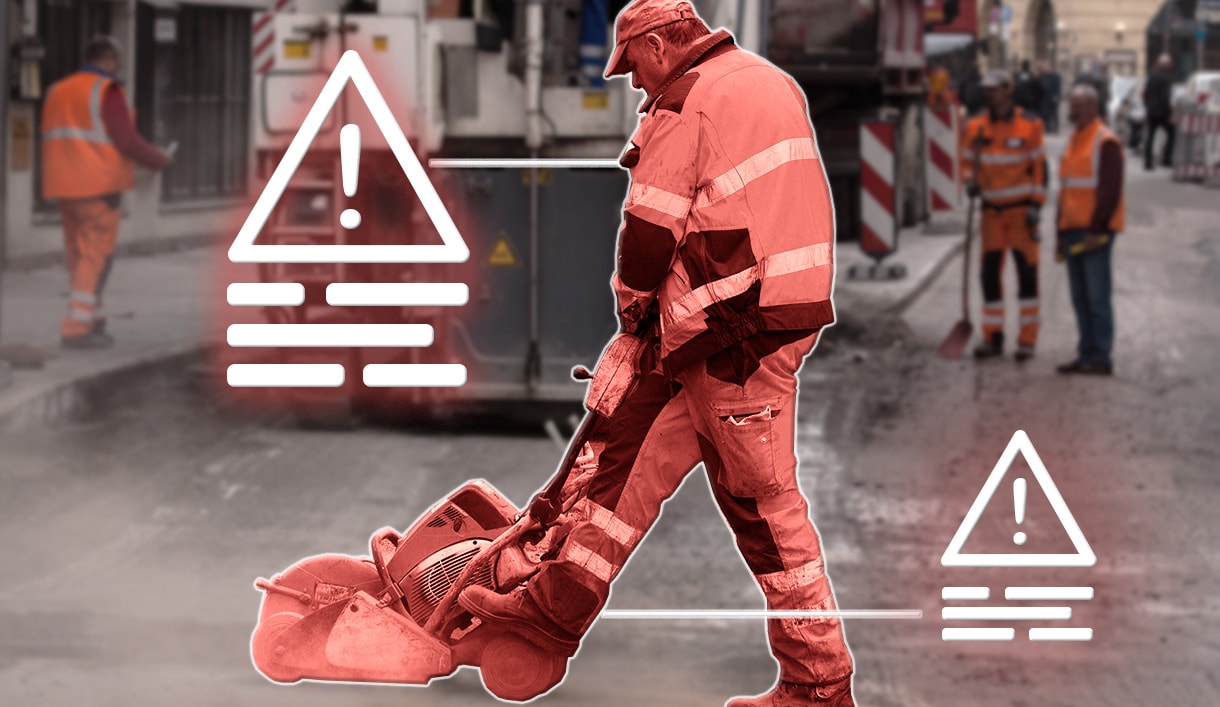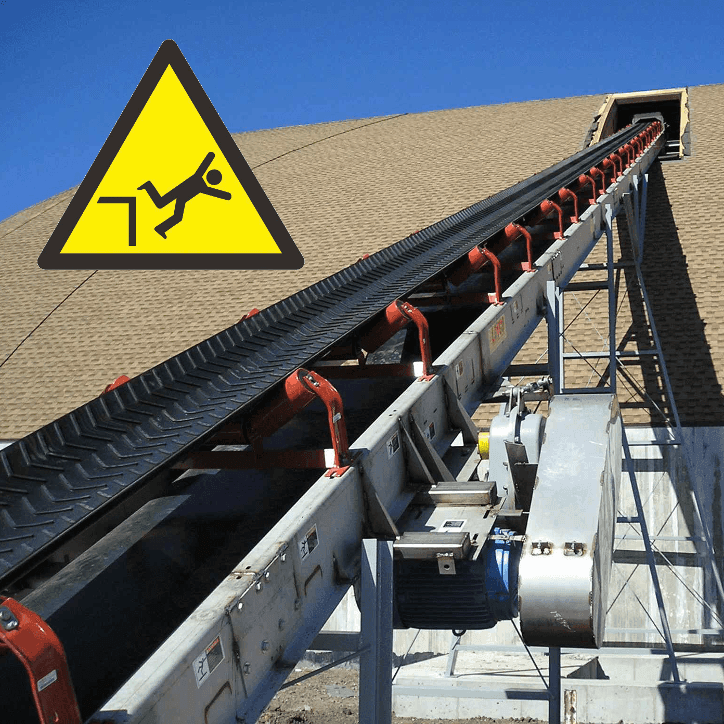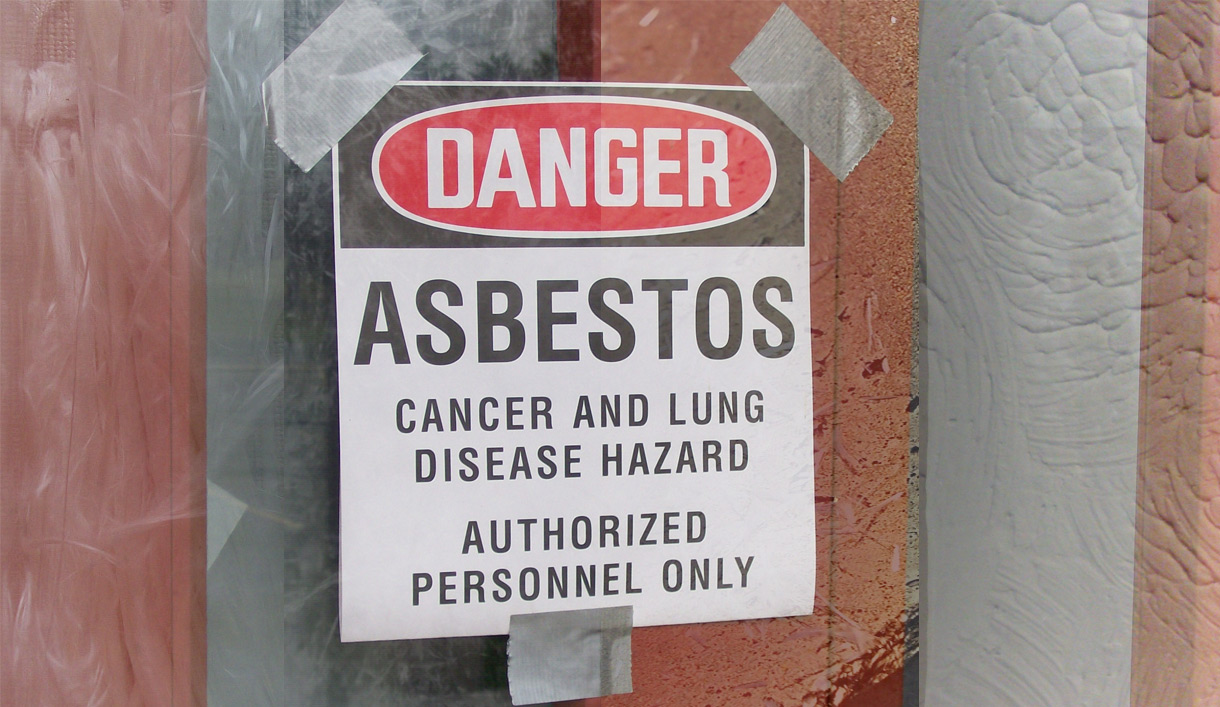Construction Site Health and Safety Failures
Construction Site – HSE Failures
As what is largely agreed to be the world’s most dangerous industry, construction site Health and Safety failures constitute potentially severe harm to worker wellbeing, with the capacity to severely impact quality of life or – put bluntly – end it.
Running contrary to this doom-laden approach though, improvements to the industry typically arise from assessing HSE failures and implementing measures to reduce risks and control common hazards. In line with this thinking, in an effort to help boost awareness of these safety failures along with their solutions, I’ve highlighted some of the UK construction statistics gathered by HSE.gov.uk for 2015/2016.
If the industry as a whole can directly parallel these failings with probable causes and countermeasures then we can look at reducing these unpleasant statistics, preserving better worker wellbeing in construction and cutting down on preventable tragedies in 2017.
Work Related Injuries
One of the most common work related injuries to be reported are slips, trips and falls. Let’s try to find out why this is.
Slips, Trips and Falls
From the 3% of UK workers (66,000 estimated) who sustained a non-fatal construction related injury, 23% were caused by slips, trips and falls on the job. The overarching issue here is usually a failure to report hazards which could lead to the latter or the creation of them due to careless working practices.
Uneven surfaces are a common staple of most construction sites so these should be one of the first things to be assessed. Failing to improve underfoot conditions, provide adequate footwear and appropriately signpost or light the ground are common mistakes leading to injury, while in the most severe cases designated walkways may be required.
Similarly, the state of a surface may impact traction severely. Writing off damp, muddy or icy ground could be a costly mistake, whereas some basic treatment (e.g. grit) and/or basic signposting could be all that’s needed to avert a bone breaking slip.
More severe obstacles may also be under-reported or completely overlooked. Basic controls such as keeping the working area as tidy as possible, sticking to designated locations for storage and carefully managing waste disposal in appropriate bins and skips are all helpful in this regard. If there isn’t a comprehensive storage and disposal system in place, workers will be unable to anticipate these obstacles and be more likely to miss them.
Along these lines it’s important to be mindful that commonplace solutions in construction don’t create additional risks. Trailing cables are one of the most likely in this regard; as straightforward as it may seem, it’s remarkable how often people will disregard basic common sense such as not running loose cables across walkways, doors and steps. Even if it’s only for a moment, a misplaced cable could be the trigger for a horrific accident.
Lifting and Handling Hazards
22% of construction related injuries occurred as a result of lifting and handling hazards.
The dangers resulting from manual handling are often underestimated as they occur through repetition and carelessness, with the potential for strain being erroneously written off as an acceptable risk. To the contrary most of these risks can be dramatically reduced with basic control measures and considerations of individual employee ability.
Management and employees need to be mindful of the physical attributes of those doing manual handling; are they physically capable of moving a load? Do they have any chronic ailments such as a back injury which may be exacerbated in the process?
Additionally, thought should be given to ways loads can be made more manageable; can they be broken down into smaller loads? Is mechanical assistance such as a trolley or wheelbarrow feasible? Can the distance between pickup and delivery be reduced somehow? Even a few small adjustments could prevent an injury.
Falling from Height
20% of construction related injuries occurred as a result of falling from height; frequent causes being incorrectly used equipment, a lack of safety measures or a failure to implement them correctly.
In light of this the first thing which should be addressed in a project working at height is an assessment of what equipment and training will be required to keep employees safe.
Consider ladders; are they in adequate condition? Can they be placed firmly on the ground and comfortably reach where they are required? Do they need to be secured in order to be safe?
Or how about Scaffolding, often the literal foundation of a project working at height; is it built firmly on solid ground or resting on a structure of questionable integrity?
There should be no doubts arising from these questions and if there are you should reassess project requirements immediately.
Specifically related safety measures deserve special emphasis too; edge protection will be required in many cases while PPE such as fall arrest harnesses can make a life or death difference where weak structures such as thin roofs present substantial risk of collapse.
Work Related Illnesses
Recently becoming more recognised and accepted as a work related illness, mental health can have a big impact on an employees’ wellbeing. Let’s take a brief look at the issues associated to mental wellbeing.
Mental Wellbeing Issues
Much has been made of mental wellbeing issues in construction recently, with schemes such as the Mates in Mind seeking to promote improvement and reduce stigma surrounding them. This is with good reason as 18% of self-reported illness for 2015/16 in UK construction relates to stress, depression and anxiety.
While by no means exclusive to the industry – mental health is a serious topic in its own right – construction is especially badly affected in this area, with a large number of attributed suicides likely resulting from feelings of isolation and inability to talk about psychological issues.
In roles typically associated with serious physical risks it is perhaps all the more important that a positive, helping culture is established. As such management needs to make it clear to workers that a sympathetic ear is readily available to those who need it, while external options such as charities and GPs can also be approached for assistance.
Musculoskeletal Disorders
Highly repetitive tasks and bad posture are extremely dangerous to long-term health without appropriate controls. Of the estimated 79,000 cases of self-reported work-related illnesses for construction in 2015/16, 64% were musculoskeletal disorders (MSDs); specifically referring to damage occurring to joints and other tissue in the limbs and back.
It’s worth keeping in mind that not all injuries occur immediately as a result of heavy lifts. Highly repetitive actions and continual bad posture during tasks may result in longer-term possibility of strains which are serious in their own right. Considerate job rotations, worker breaks and improvements to the work environment can all help reduce these risks within acceptable levels.
Regular exposure to vibrating tools is another major culprit associated with Upper Limb Disorders (ULDs) and Hand Arm Vibration Syndrome (HAVS). Early symptoms of serious damage typically include tingling and numbness in fingers, progressing to loss of strength and sensation in the hands before ultimately developing into regular pain, inability to do precise tasks and permanently reduced grip.
In order to prevent this kind of damage occurring worker exposure to vibrating tools should be monitored and assessed for risk, setting safe levels of exposure and shifts that limit it accordingly and distribute it among the workforce. Wherever possible alternative work methods that reduce or rule out exposure should also be considered. For example, use of drills and cutters that work faster or an entirely mechanised/automated solution.
Exposure to Hazardous Substances
18% of reported illness amongst UK construction is attributed to ‘other’, a vagueness which might lead to dismissal but should be given some thought, specifically regarding exposure to hazardous substances.
This is an enormous topic which we’ve covered in much greater detail in other posts such as our Overview of Occupational Cancers, action mesothelioma day and asbestos awareness week blogs but still deserves a mention given historical failings to protect works and the shocking consequences. Recognition of related risks has vastly improved in recent decades but the complacency continues to be a problem.
A few of the most prominent exposure risks typically associated with construction include inhalation of dust created by cutting and use of dry cements, fumes such as carbon monoxide created by engines and health risk associated with solvents found in paints, resins and glues.
With all the above it’s vitally important that the presence of these risks is recognised before a project begins and exposure assessed with considerations made as to how it might be reduced to reasonable levels. Adequate and correctly fitted PPE must also be provided as needed which could range from goggles, gloves and masks in mild risk situations to full breathing apparatus for the most hazardous environments.
An Overview of the Cost
Offering an overview of the cost incurred by these failings through 2015/16 it’s hard not to be taken aback by the staggering figure of 2.2 million working days lost due to injury and ill health in construction, with vast expense incurred as a result.
Beyond this though, it’s important not to let these incidents just become a statistic or financial issue. The reality that many worker’s lives have been destroyed by the injuries they suffered is always worth keeping at the forefront of our safety concerns. All this only accounts for non-fatal incidents, disregarding the 43 construction related fatalities reported in the same period.
For the benefit of everyone we need to take construction site health and safety failures as motivation to better the industry rather than stagnating, lamenting its existing flaws.









Leave a Reply
Want to join the discussion?Feel free to contribute!